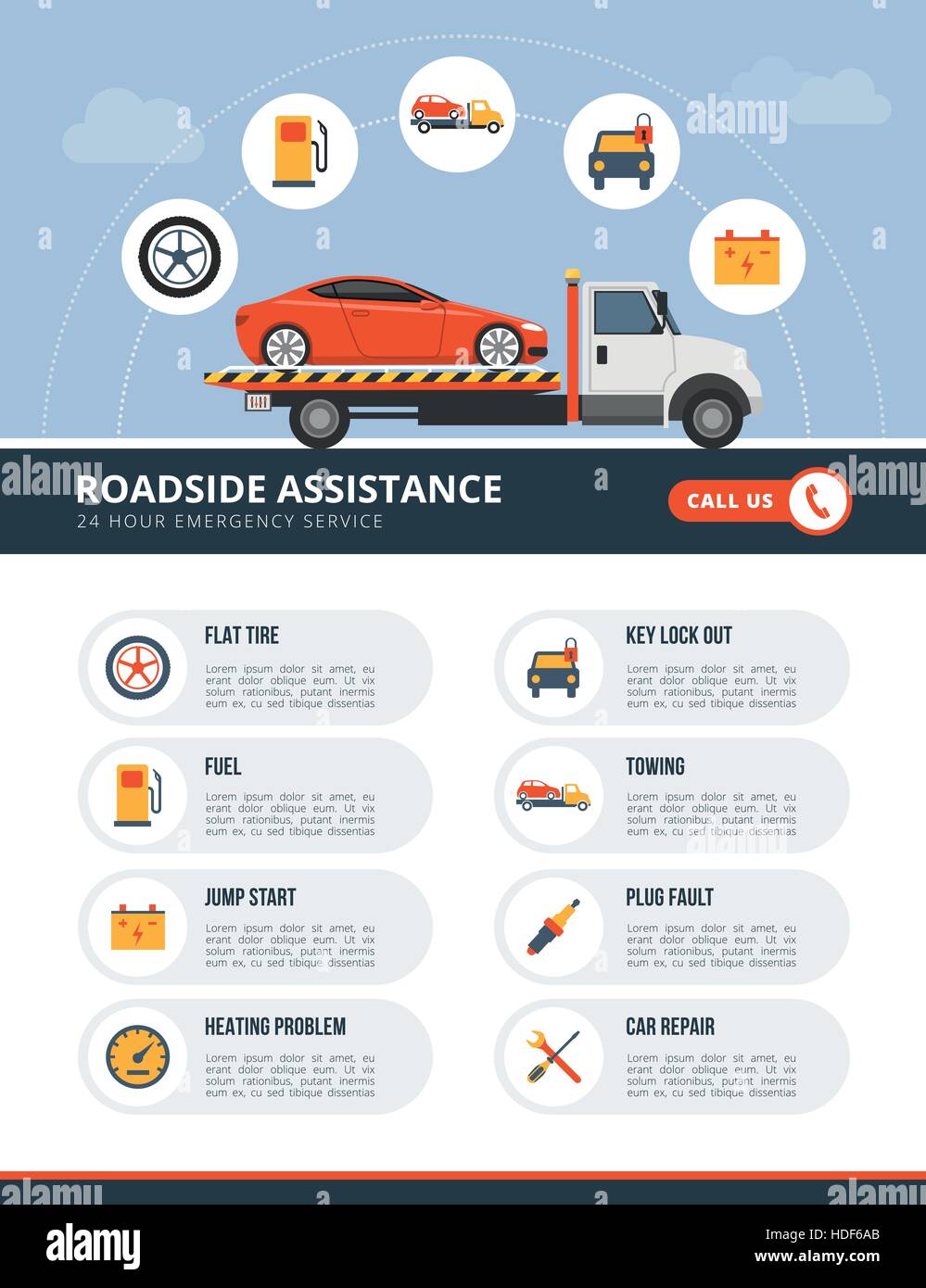Wish To Discover More Concerning The Caution Lights On Your Control Panel? Reveal What They Show Regarding Your Lorry'S Health And Safety
Wish To Discover More Concerning The Caution Lights On Your Control Panel? Reveal What They Show Regarding Your Lorry'S Health And Safety
Blog Article
navigate to this website By-Vinson Dalgaard
When you're behind the wheel, those radiant caution lights on your control panel can be a little bit difficult. Do you recognize what they're attempting to inform you about your automobile's wellness? Comprehending the importance of these lights is important for your safety and security and the longevity of your car. So, the next time among those lights turns up, would not you intend to analyze its message precisely and take the essential actions to address it?
Common Warning Lighting and Interpretations
Recognize common warning lights in your cars and truck and comprehend their significances to make certain secure driving.
One of the most common caution lights include the check engine light, which indicates issues with the engine or exhausts system. If this light comes on, it's essential to have your vehicle inspected immediately.
The oil pressure advising light suggests reduced oil pressure, calling for immediate focus to avoid engine damage.
A blinking battery light could recommend a malfunctioning billing system, possibly leaving you stranded otherwise addressed.
The tire stress monitoring system (TPMS) light informs you to low tire stress, influencing car stability and gas performance. Overlooking this could result in hazardous driving problems.
The abdominal muscle light suggests a problem with the anti-lock stopping system, jeopardizing your ability to stop quickly in emergency situations.
Finally, the coolant temperature warning light warns of engine getting too hot, which can lead to severe damages otherwise resolved quickly.
Understanding https://www.ksdk.com/article/news/local/explosions-south-st-louis-city-auto-repair-shop-shawns-master-auto-repair/63-685d8d0d-247f-4a0e-a402-d016c1523809 will certainly assist you address concerns quickly and keep secure driving conditions.
Relevance of Prompt Interest
Comprehending the common caution lights in your vehicle is only the initial step; the value of immediately addressing these cautions can not be stressed enough to ensure your safety when traveling.
When a caution light illuminates on your control panel, it's your vehicle's method of connecting a prospective problem that needs attention. Ignoring these cautions can bring about much more severe troubles down the road, endangering your security and possibly costing you extra out of commission.
https://lanerlgbu.frewwebs.com/30848270/a-crucial-overview-to-the-basic-tools-required-in-all-vehicle-service-center-revealing-the-understandings-behind-successful-vehicle-upkeep-techniques to alerting lights can avoid malfunctions and crashes. For instance, a flashing check engine light might show a misfire that, if left neglected, might trigger damage to the catalytic converter. Resolving this quickly can conserve you from a costly repair service.
In a similar way, a brake system cautioning light could signify reduced brake fluid or used brake pads, essential elements for your safety when driving.
Do It Yourself Troubleshooting Tips
If you discover a warning light on your dashboard, there are a few DIY fixing tips you can attempt before looking for expert help.
The initial step is to consult your car's manual to recognize what the certain caution light suggests. In some cases the issue can be as simple as a loose gas cap activating the check engine light. Tightening up the gas cap may settle the problem.
An additional common problem is a low battery, which can trigger different warning lights. Inspecting the battery links for deterioration and guaranteeing they're secure might fix the problem.
If a warning light persists, you can attempt resetting it by disconnecting the auto's battery for a few minutes and afterwards reconnecting it. In addition, examining your automobile's liquid degrees, such as oil, coolant, and brake fluid, can aid repair advising lights associated with these systems.
Final thought
To conclude, understanding your auto's warning lights is crucial for maintaining your car running smoothly and securely. By immediately attending to these signals and recognizing what they mean, you can stay clear of pricey fixings and potential failures.
Remember to consult your auto's manual for specific details on each cautioning light and do something about it accordingly to guarantee a trouble-free driving experience.
Stay notified, stay secure on the road!
